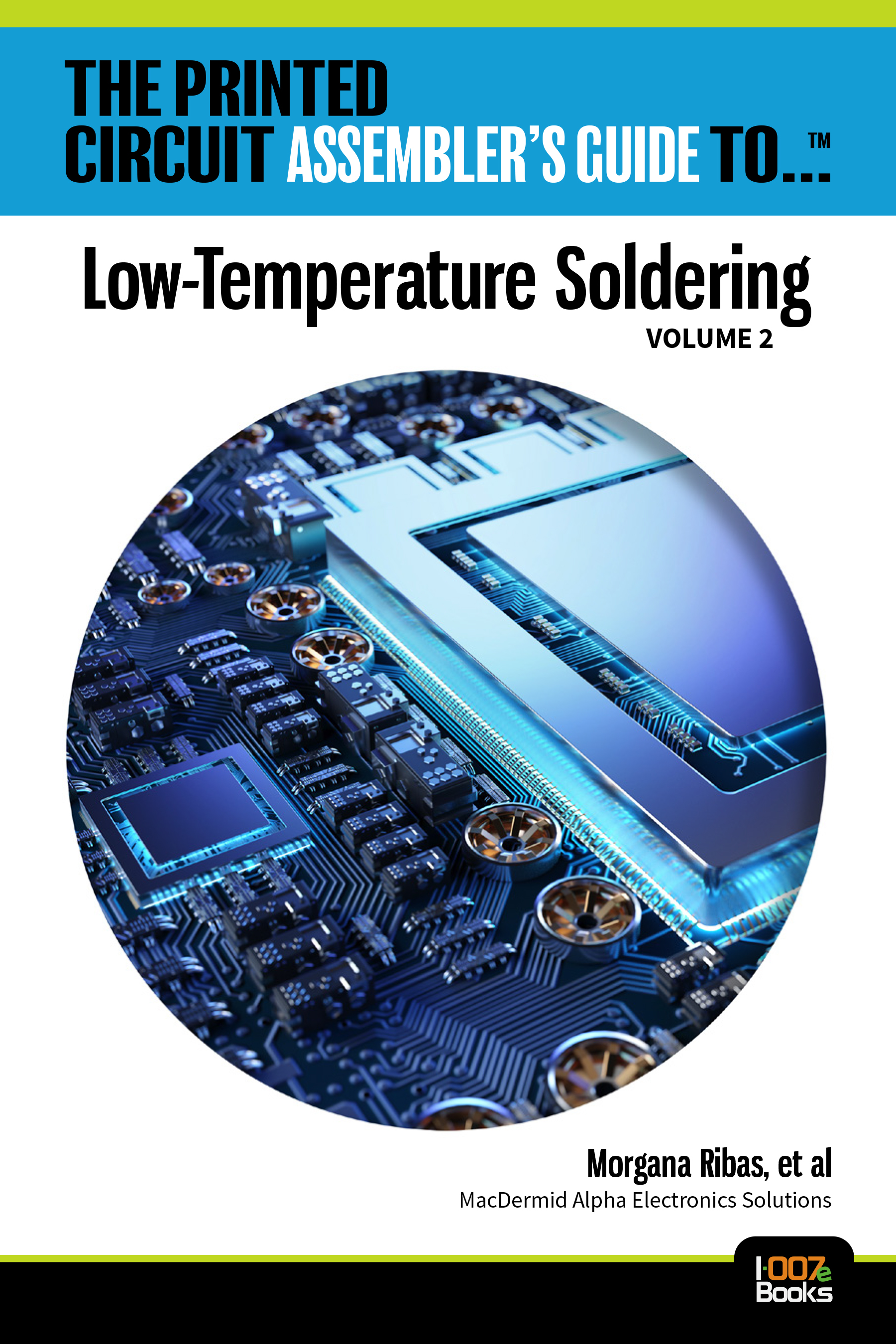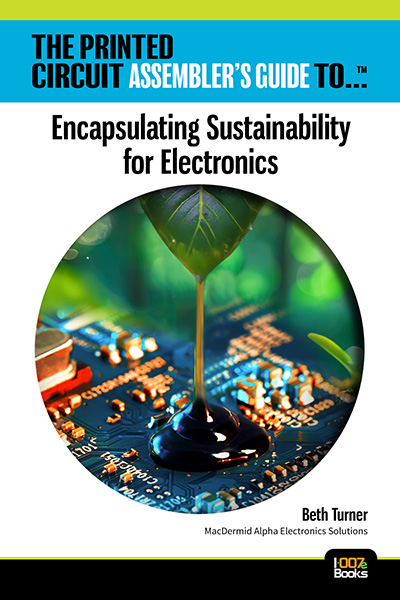'Chemical Laptop' Could Search for Signs of Life Outside Earth
November 17, 2015 | NASAEstimated reading time: 5 minutes
Amino acids come in two types: Left-handed and right-handed. Like the left and right hands of a person, these amino acids are mirror images of each other but contain the same components. Some scientists hypothesize that life on Earth evolved to use just left-handed amino acids because that standard was adopted early in life's history, sort of like the way VHS became the standard for video instead of Betamax in the 1980s. It's possible that life on other worlds might use the right-handed kind.
"If a test found a 50-50 mixture of left-handed and right-handed amino acids, we could conclude that the sample was probably not of biological origin," Creamer said. "But if we were to find an excess of either left or right, that would be the golden ticket. That would be the best evidence so far that life exists on other planets."
The analysis of amino acids is particularly challenging because the left- and right-handed versions are equal in size and electric charge. Even more challenging is developing a method that can look for all the amino acids in a single analysis.
When the laptop is set to look for fatty acids, scientists are most interested in the length of the acids' carbon chain. This is an indication of what organisms are or were present.
How it works
The battery-powered Chemical Laptop needs a liquid sample to analyze, which is more difficult to obtain on a planetary body such as Mars. The group collaborated with JPL's Luther Beegle to incorporate an "espresso machine" technology, in which the sample is put into a tube with liquid water and heated to above 212 degrees Fahrenheit (100 degrees Celsius). The water then comes out carrying the organic molecules with it. The Sample Analysis at Mars (SAM) instrument suite on NASA's Mars Curiosity rover utilizes a similar principle, but it uses heat without water.
Once the water sample is fed into the Chemical Laptop, the device prepares the sample by mixing it with a fluorescent dye, which attaches the dye to the amino acids or fatty acids. The sample then flows into a microchip inside the device, where the amino acids or fatty acids can be separated from one another. At the end of the separation channel is a detection laser. The dye allows researchers see a signal corresponding to the amino acids or fatty acids when they pass the laser.
Inside a "separation channel" of the microchip, there are already chemical additives that mix with the sample. Some of these species will only interact with right-handed amino acids, and some will only interact with the left-handed variety. These additives will change the relative amount of time the left and right-handed amino acids are in the separation channel, allowing scientists to determine the "handedness" of amino acids in the sample.
Suggested Items
Chinese Smartphone Market Maintains its Recovery Momentum at 6.5% Growth in 1Q24,
04/26/2024 | IDCAccording to preliminary data from the International Data Corporation (IDC) Worldwide Quarterly Mobile Phone Tracker, China smartphone shipments grew 6.5% year over year (YoY) to 69.3 million units in 1Q24.
Orbex Secures £16.7m Investment for Rocket ‘Ramp Up’ Period
04/24/2024 | OrbexThe UK spaceflight company Orbex has received £16.7m from six backers in an update to its Series C funding round.
Women MAKE Awards Recognizes GlobalFoundries’ Jennifer Robbins and Katelyn Harrison for Manufacturing Excellence
04/24/2024 | GlobalFoundriesThe Manufacturing Institute (MI)—the workforce development and education affiliate of the National Association of Manufacturers—honored two outstanding women from GlobalFoundries (GF) at their annual Women MAKE Awards. Jennifer (Jenny) Robbins, Senior Director, Central Facilities, was recognized as a 2024 Women MAKE Awards Honoree, while Katelyn Harrison, Senior Integration Engineer, was honored as an Emerging Leader.
Cadence Unveils Palladium Z3 and Protium X3 Systems
04/18/2024 | Cadence Design SystemsThe Palladium Z3 and Protium X3 systems offer increased capacity, and scale from job sizes of 16 million gates up to 48 billion gates, so the largest SoCs can be tested as a whole rather than just partial models, ensuring proper functionality and performance.
SEMI Applauds U.S. Chips Act Award for Samsung Electronics Facilities to Strengthen Domestic Semiconductor Supply Chain
04/17/2024 | SEMISEMI, the industry association serving the global electronics design and manufacturing supply chain, applauded the United States Department of Commerce’s announcement of a Preliminary Memorandum of Terms for an award under the CHIPS and Science Act to support the expansion of Samsung Electronics’ presence in Texas and the company’s development and production of leading-edge chips.


